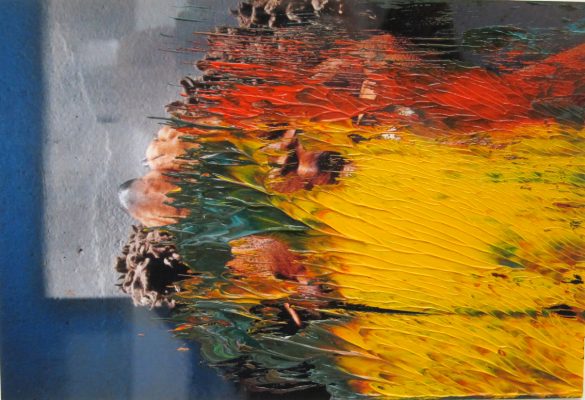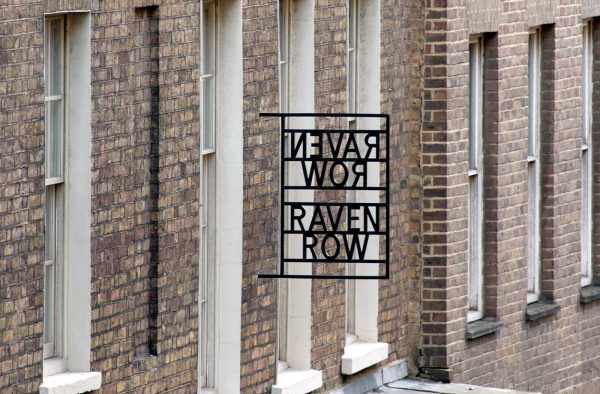Hans Ulrich Obrist is a compulsive note taker. For the duration of our interview one hand twitches a pen across a scrap of paper before him on the table, while the other frenetically twists it clockwise and anticlockwise against the horizontal. The extent of twitching and twisting increases in direct equivalence to Obrist’s mounting exhilaration at the development of a scheme of thought, becoming most frenzied when patterns emerge, when one idea reveals its correspondence with another. On those not infrequent occasions that Obrist’s hands are called up to add gestural emphasis to his speech I am allowed a glimpse of the leaf of paper, which over the course of our time together becomes clogged with intersecting lines, marks, scrabbles and symbols, like an elementary geometry lesson rendered by Cy Twombly.
This cryptic log of our meeting is symptomatic of the mania to record and preserve that has led Hans Ulrich Obrist, the pre-eminent curator of his generation, to record hundreds of interviews with the world’s most significant artists, scientists, writers, architects, philosophers and filmmakers over the past twenty years. A casual cross-reference of The White Review’s all-time fantasy list of interviewees against Obrist’s résumé has these names, among others, in common: Czesław Miłosz; Michel Houllebecq; Merce Cunningham; Benoît Mandelbrot; Marina Abramović; J.G. Ballard; Gerhard Richter; John Baldessari; Eric Hobsbawm; Ai Weiwei; Studs Terkel; Doris Lessing; Edouard Glissant. Which makes the prospect of interviewing him quite nerve-wracking, even before he starts taking notes.
It is, nonetheless, for his work as a curator of exhibitions that Obrist is most widely revered. He held his first show in his kitchen in 1991 at the age of 23, famously convincing Christian Boltanski and Hans-Peter Feldmann to contribute site-specific installations. In 1993 he founded the Museum Robert Walser and began work as a curator at the Musée d’Art Moderne de la Ville de Paris, since when he has organised over 250 exhibitions across the world. He became famous for his promotion of an open-ended curatorial practice that prioritises participation and flexibility. Do it, a project he inaugurated in 1997, perfectly exemplifies his preoccupations. Consisting of a set of artist’s instructions, the touring exhibition allowed for those directives to be interpreted differently at each venue that it visited, creating a model of curation that encourages diversity and freedom. In 2006 he joined the Serpentine Gallery, London, as co-director of exhibitions and programmes with Julia Peyton-Jones, and in 2009 he was named by ArtReview as the most powerful person in the art world.
We met at Obrist’s office near the Serpentine Gallery, in west London, at the relatively civilised hour of 9am (the curator is notorious for his Brutally Early Breakfast Club – a roving salon that commences at 6.30am). We drank more coffee than can be healthy over the course of a morning in which I was able to experience first-hand the infectiousness of Obrist’s energy and enthusiasm, as well as his ability to fit more words into a minute than one would think possible.
The following is a short excerpt from the conversation, at a point where discussion had turned to the art of interviewing and memory:




